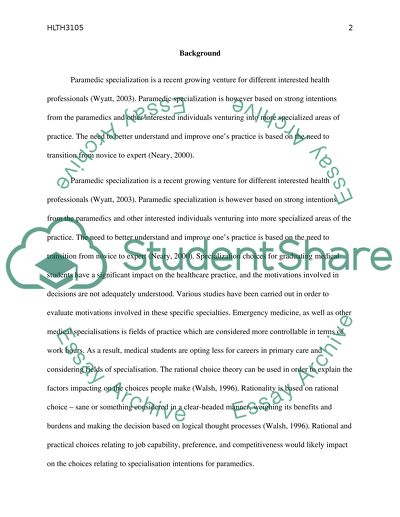Cite this document
(“Quantitative Methods for Social Health Research Essay”, n.d.)
Quantitative Methods for Social Health Research Essay. Retrieved from https://studentshare.org/health-sciences-medicine/1402219-quantitative-methods-for-social-health-research
Quantitative Methods for Social Health Research Essay. Retrieved from https://studentshare.org/health-sciences-medicine/1402219-quantitative-methods-for-social-health-research
(Quantitative Methods for Social Health Research Essay)
Quantitative Methods for Social Health Research Essay. https://studentshare.org/health-sciences-medicine/1402219-quantitative-methods-for-social-health-research.
Quantitative Methods for Social Health Research Essay. https://studentshare.org/health-sciences-medicine/1402219-quantitative-methods-for-social-health-research.
“Quantitative Methods for Social Health Research Essay”, n.d. https://studentshare.org/health-sciences-medicine/1402219-quantitative-methods-for-social-health-research.


